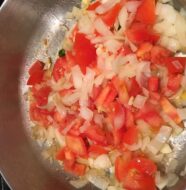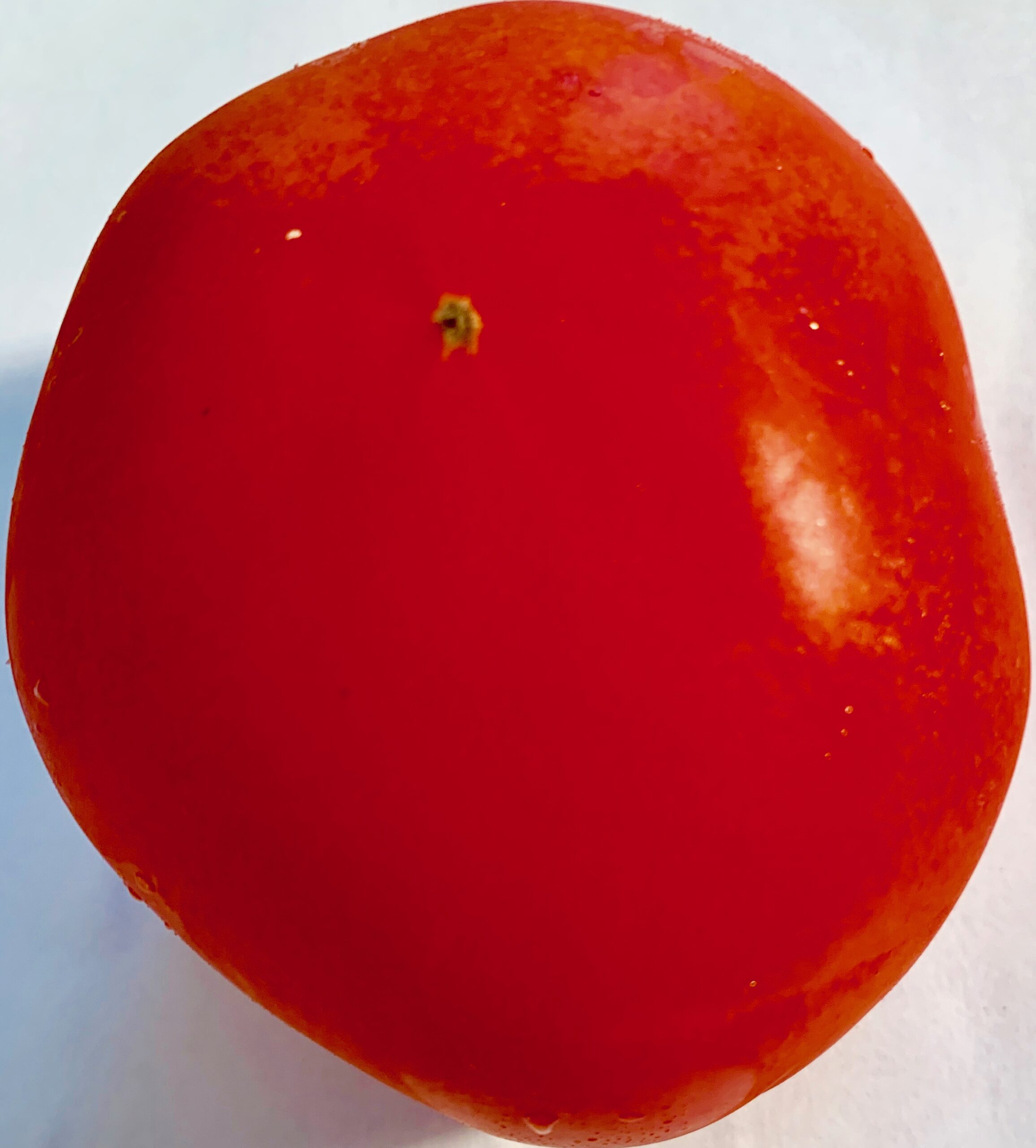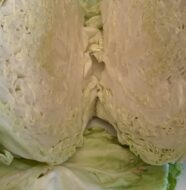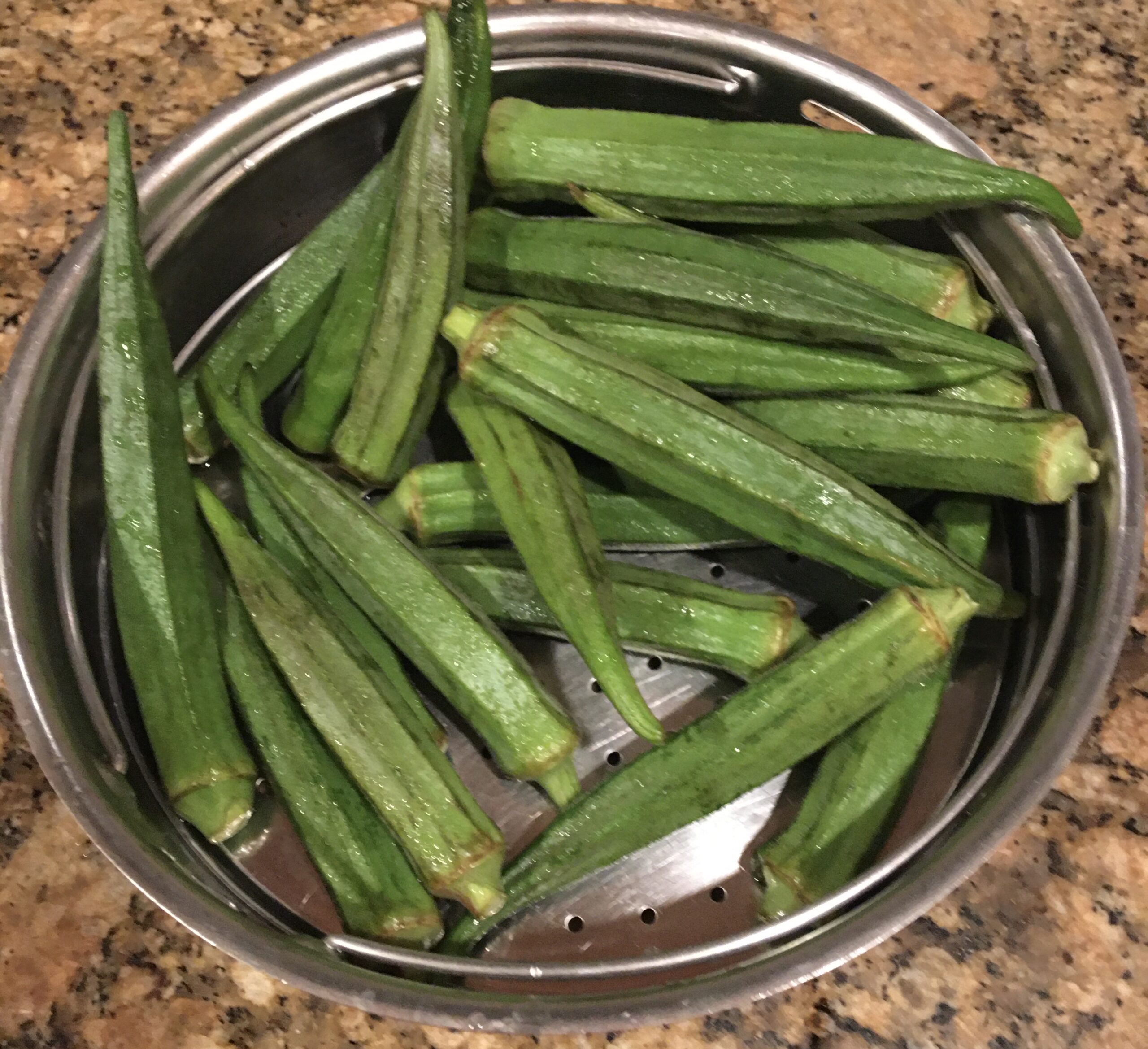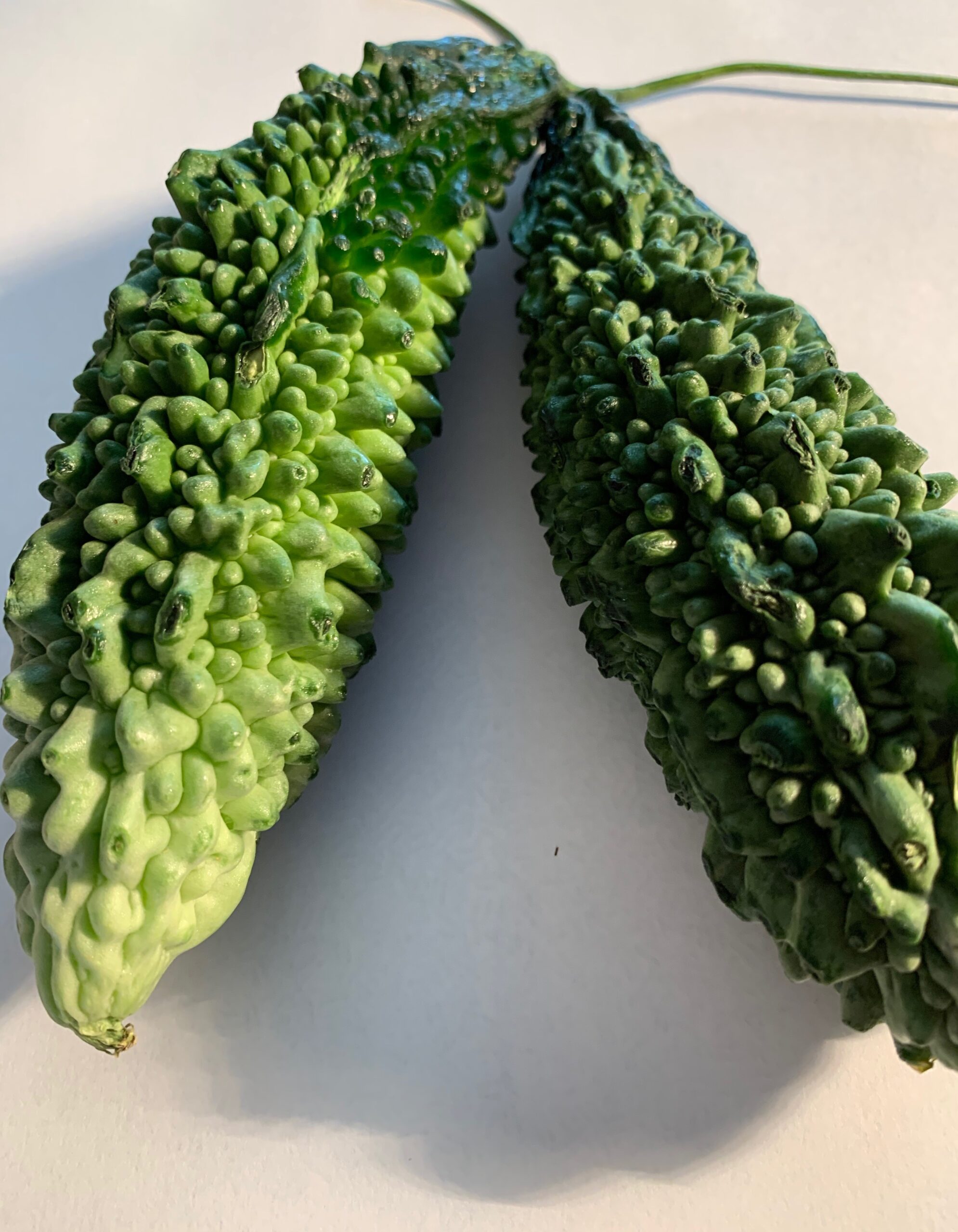C]innamon is a highly valued spice with medicinal and culinary properties. The “Cinnamonum” tree is a native of Srilanka, but is now grown in India, Indonesia, Bangladesh, Myanmar and in China ( known as Cassia – less in flavor). Cinnamon has been one of the important spices traded by the Spanish & Arabic Spice merchants .
Cinnamon is the inner bark of the tree that is bruised with a brass rod, peeled and incisions made,which is then rolled by hand and allowed to dry as”Quills”. It has a pungent taste with a strong aroma in its oil “Eugenol”.
Buying & Storing:
Cinnamon spice is available throughout the year. Buy in the form of whole sticks (Quills) light (Sri Lankan variety) or dark brown (Indonesian variety) instead of the powder . Store in a cool, dark, dry place ; it lasts for many years. Ground cinnamon powder should be stored in the refrigerator & used soon as it tends to lose flavor quickly.
FRUIT CAKES: Cinnamon is added to Fruit cakes – especially rich Christmas cakes.
[/one_half]
Health Benefits of Cinnamon
- Highest anti oxidant strength of all food sources- Carotene, Lutein, Xanthin.
- ORAC (Oxygen Radical Absorbence Capacity) is many times more than apples, berries etc.
- Eugenol -has been found to reduce sugar levels in blood for diabetics but more studies needed. It also has anesthetic & antiseptic properties; hence useful in gum and dental procedures.
- “Cinnamic” aldehydes with their anti clotting action prevent clogging of platelets thus preventing strokes & coronary artery disease.
- Spicy bark is an excellent source of minerals like calcium, iron, manganese, potassium and zinc .
- Cinnamon also contains Niacin, Pyridoxine, Pantothenic acid and Vitamin A .


